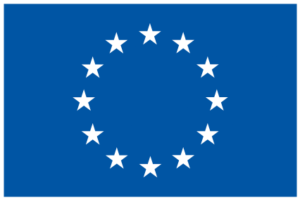Case Study 3 - Innovative Biogas Technologies
An insightful perspective to the transformation of organic waste into bio-LNG and CO₂ conversion into polymers.

Figure 1. Diary farm facilities at De zwanebloem, De Panne, Belgium.
The pilot aims to reduce carbon fossil fuels with the capture of CO₂. The Demo Plant will reuse CO₂, selling this within the food industry. Reusing CO₂ will be better for the environment, instead of buying carbon fossil fuels.
CS3 embodies a European Biomethane Innovation Ecosystem (EBIE) facing challenges such as discontinued incentives and elevated maintenance expenses, which render it difficult for smaller biogas producers to maintain operations. The aim within CS3 is to pioneer and showcase inventive biogas upgrading technologies. These technologies facilitate the enhancement of existing biogas and biomethane facilities, particularly those operating at lower capacities (<100 Nm3/h of biogas), which are at risk of ceasing operations due to discontinued incentives or rising feedstock costs.
Furthermore, CS3 aligns with the significant goal established by the DIRECTIVE (EU) 2018/2001 OF THE EUROPEAN PARLIAMENT AND OF THE COUNCIL of 11 December 2018. This directive seeks to promote the adoption and utilization of renewable energy sources, including sunlight, wind, water, and other natural resources, with the aim of decreasing reliance on non-renewable energy sources and combating climate change. Its objective is to advocate for sustainability and usher in a greener, more sustainable energy system in Europe.
The reduction of greenhouse gas emissions resulting from the use of biofuels, bioliquids, and biomass fuels considered for the purposes shall be as follows:

This entails a dual effort: on one hand, implementing technologies capable of capturing CO₂ with a quality high enough for it to be reused as a substitute for fossil CO₂. The expected uses of CO₂ involve industries such as food and beverage (hence the importance of CO₂ quality) or the production of Synthetic Gas through methanation processes. On the other hand, it is crucial to develop energy-efficient technologies so as not to affect the carbon intensity level.
The demo plant currently under development for CS3 applies a Cryogenic Upgrading (or Cryoupgrading) process to the Biogas. This process is conducted in an integrated cryogenic unit, which enables the separation of CO₂ from the Biogas to obtain a pure CO₂ stream with food-grade quality. The resulting Biomethane, with a CO₂ concentration of less than 1%, is then cooled, liquefied, and polished.
The biogas stream (>100Nm3/h) received at the inlet of the demo plant is processed and converted into two streams: one of liquid bio-methane and the second of liquid CO₂.
Liquid CO₂ and liquid biomethane are valuable and highly versatile resources with a wide range of industrial and energy applications. As previously mentioned, liquid CO₂ is used in the food and beverage industry, as a coolant or freezing agent, and as a chemical reagent in industrial processes. In agriculture, it optimizes plant growth in greenhouses through the carbonation of irrigation water. On the other hand, liquid biomethane is a sustainable energy source with multiple practical applications. For example, it can be used as a fuel for vehicles, contributing to emissions reduction in the environment.
Another significant application is for self-consumption. The produced biomethane can indeed become a fuel used for agricultural vehicles and tractors, thus opening up a scenario of circular economy.
- The CS3 takes place at a dairy farm (approx. 1500 cows) in West Flanders, Belgium, characterized by a local nutrient surplus due to agro-residues. Flanders is one of the Nitrate Vulnerable Zones in Europe so the application of manure/digestate is limited to 170 kg N/ ha. In frame of the CS3, the farmer will try and meet hygienization requirements of the By-product Regulation (EC) 1069/2009 (by means of post thermophilic anaerobic digestion) that would allow export across the border and application of Belgian digestate on a French arable land in need of such fertilisers. Some part of the digestate, together with liquid CO₂, will be used to grow microalgae as an alternative protein source for animal feed which can potentially reduce soybean imports.
- So far, the energy profile of the dairy farm has been calculated and lab-and pilot-scale anaerobic digestion experiments have been carried. Feedstock optimization was done via biomethane potential tests to determine the most suitable co-feedstock to cow manure which the farmer could supply if necessary. Pilot-scale anaerobic digesters were operated mimicking the farm-scale digester set-up to determine and solve any potential operational problems in advance. The digestate samples were collected and analyzed according to the parameters given in the Regulation (EU) 2019/1009 to assess its safe and efficient use as bio-based fertilizer.
Currently, the construction of the biogas plant is already underway, outside the scope of SEMPRE-BIO but essential for generating the required biogas input to the demo plant. The demo plant is currently under construction at CRYOinox while testing is being conducted with a dedicated test bench. The start-up of the demo plant is expected in April 2024.
Authors: Andrea Munaretto & Çağrı Akyol
Editorial: María Francisca Paz y Miño
Date: December, 2023


This project has received funding from the European Union’s HORIZON-CL5-2021-D3-03-16 program under grant agreement No 101084297. Views and opinions expressed are however those of the author(s) only and do not necessarily reflect those of the European Union or the European Commission. Neither the European Union nor the granting authority can be held responsible for them.

